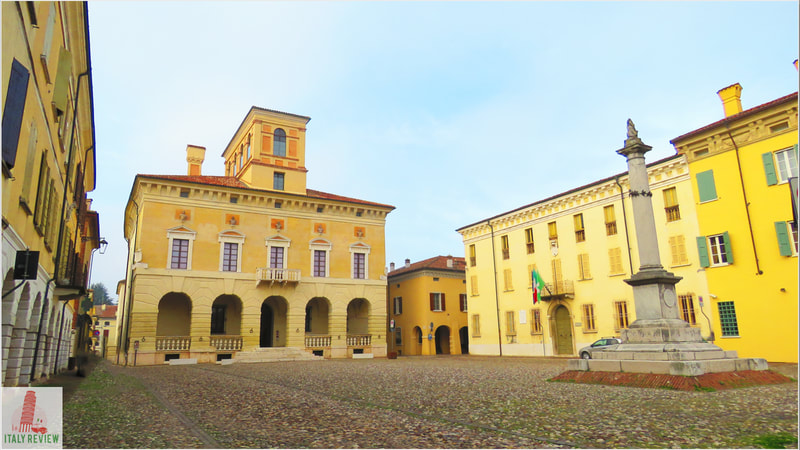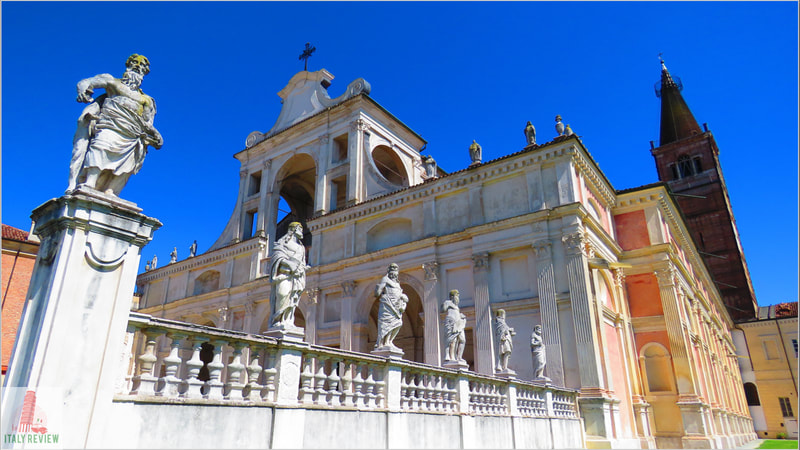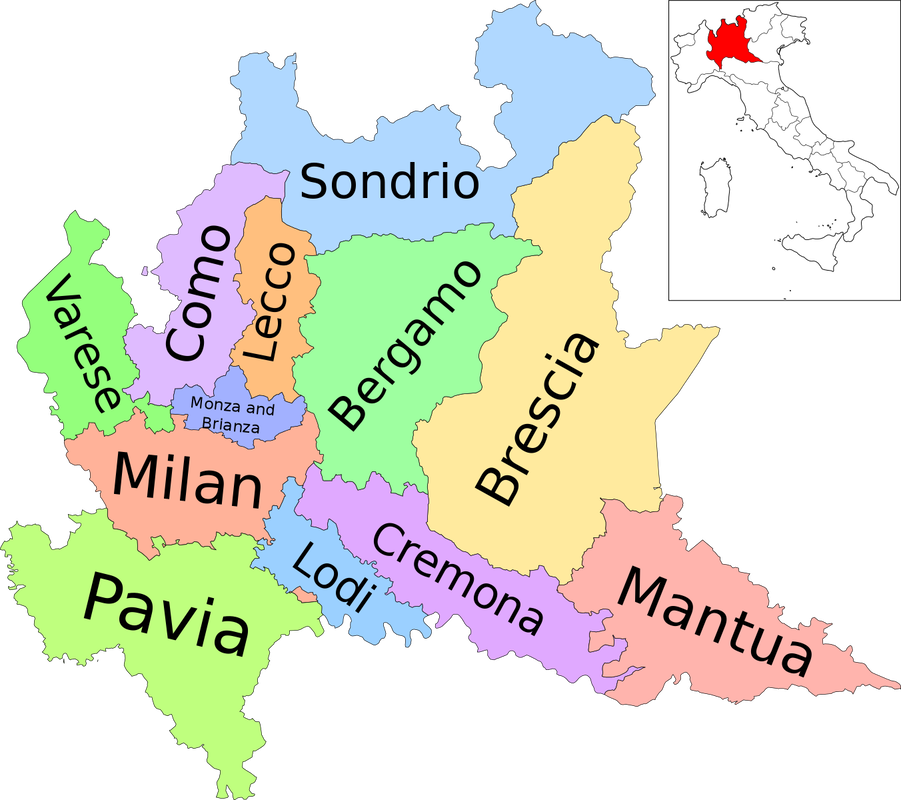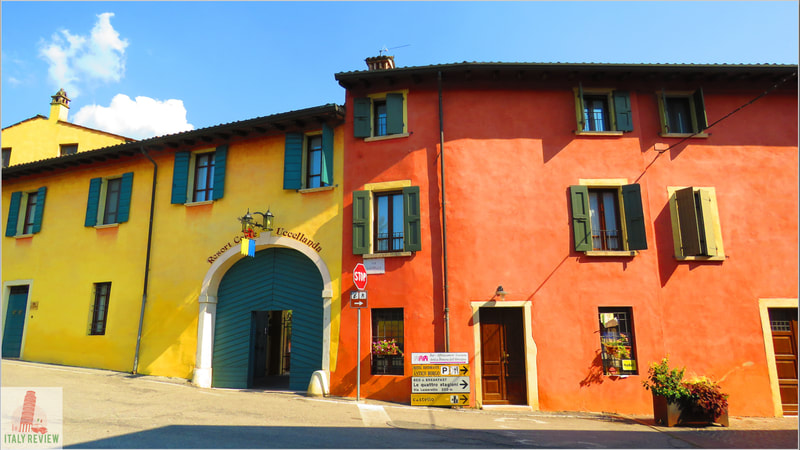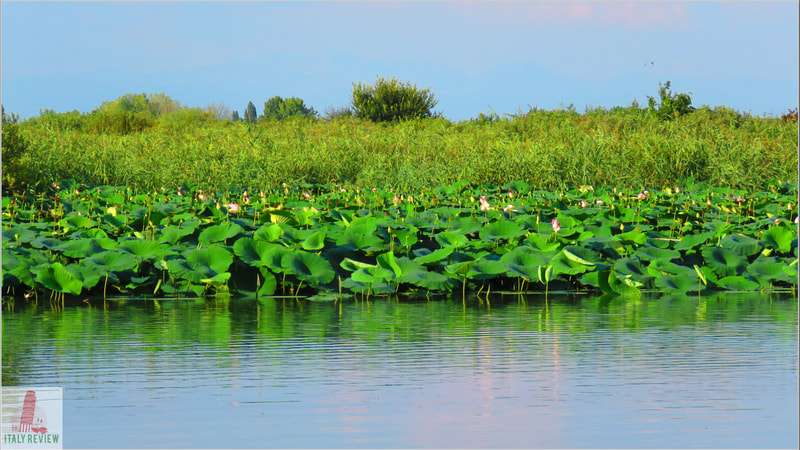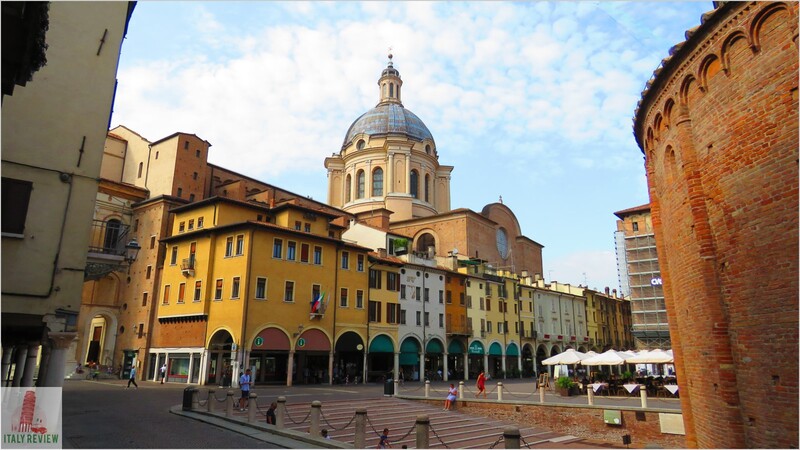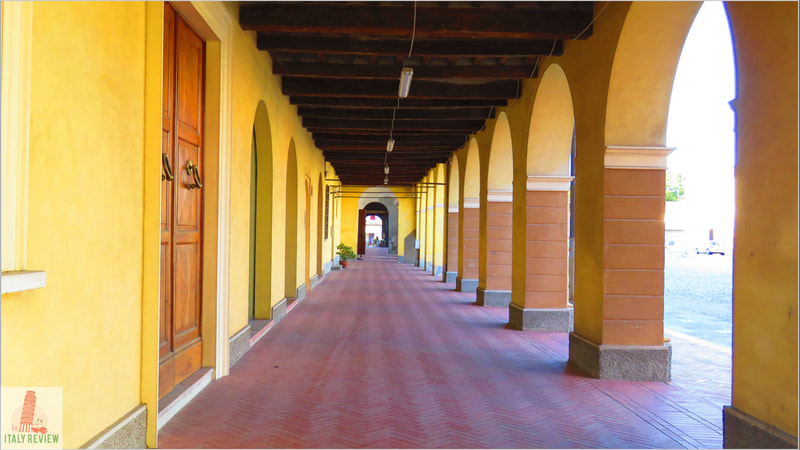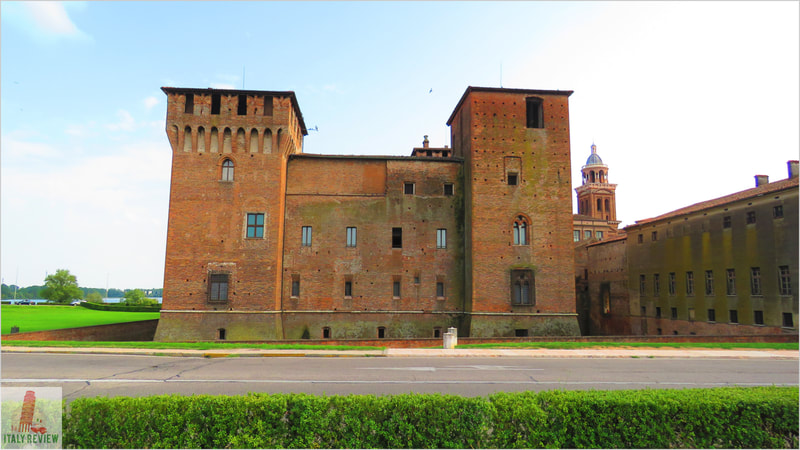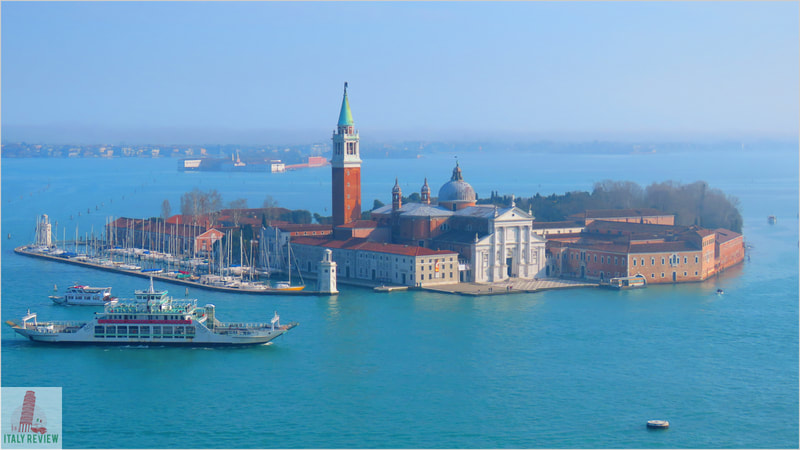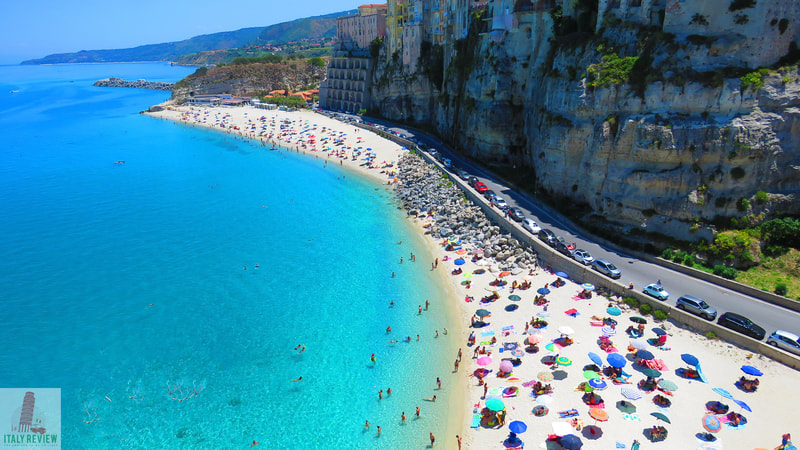Mantua Province
|
By Dion Protani
|
Latest update: 28 November 2023
|
|
The Mantua Province occupies a geographical area of 2,341 square kilometres including the provincial capital: Mantua.
Within the province there are 70 provincial towns, which contain a total population of around 411 thousand inhabitants. Among the highlights of the province are the UNESCO World Heritage Site of Sabbioneta, San Benedetto Po, Pomponesco and Grazie. |
Related links
Profile
Mantua (Mantova in Italian) is a province located in the Lombardy region of northern Italy. The province is named after its capital city, Mantua, which is one of the most charming and historically significant cities in Italy.
Mantua Province is steeped in history and culture, boasting a rich heritage dating back to ancient times. It offers visitors a delightful mix of art, architecture, and natural beauty, making it a captivating destination for travelers.
Mantua Province is steeped in history and culture, boasting a rich heritage dating back to ancient times. It offers visitors a delightful mix of art, architecture, and natural beauty, making it a captivating destination for travelers.
History
The history of Mantua Province can be traced back to ancient times, with evidence of human settlements dating as far back as the Neolithic period. The city of Mantua itself was founded by the Etruscans and later became a Roman settlement. It flourished during the Middle Ages under the rule of the Gonzaga family, who transformed it into a cultural and artistic center.
The Gonzaga rulers were patrons of the arts and commissioned several masterpieces, which can still be admired today. The province also played a significant role in the Renaissance period and witnessed various historical events before becoming part of the Kingdom of Italy in the 19th century.
The Gonzaga rulers were patrons of the arts and commissioned several masterpieces, which can still be admired today. The province also played a significant role in the Renaissance period and witnessed various historical events before becoming part of the Kingdom of Italy in the 19th century.
Travel
Getting There: Mantua is well-connected by train to major cities like Milan and Verona. The province can also be easily reached by car.
Highlights
- Mantua City Centre: The historic centre of Mantua is a UNESCO World Heritage Site, known for its well-preserved medieval and Renaissance architecture. Piazza delle Erbe and Piazza Sordello are the heart of the city, surrounded by elegant palaces and beautiful churches.
- Palazzo Ducale: The Palazzo Ducale (Ducal Palace) is an imposing Renaissance palace that was once the residence of the Gonzaga family. It houses important museums, including the Camera degli Sposi, adorned with stunning frescoes by Andrea Mantegna.
- Mantua's Three Lakes: Mantua is surrounded by three artificial lakes, known as the "Lakes of Mantua" (Lago Superiore, Lago di Mezzo, and Lago Inferiore). They are connected by canals and offer a picturesque setting for leisurely walks and boat rides.
- Palazzo Te: Located just outside the city center, Palazzo Te is a remarkable Renaissance villa designed by architect Giulio Romano. It features beautiful frescoes and stunning gardens.
- Sabbioneta: A short drive from Mantua, Sabbioneta is a perfectly preserved Renaissance town, also designated as a UNESCO World Heritage Site. It boasts an extraordinary grid plan and well-preserved architecture.
- Mantuan Cuisine: Mantua is famous for its delicious cuisine, including dishes like tortelli di zucca (pumpkin-filled pasta) and risotto alla pilota. Food enthusiasts can savor the local flavors at traditional trattorias and osterie.
- Festivals and Events: Throughout the year, Mantua hosts various festivals and cultural events, including the Festivaletteratura, a prestigious literary festival.
Provincia di Mantova
Neighbouring regions: Emilia Romagna, Veneto

